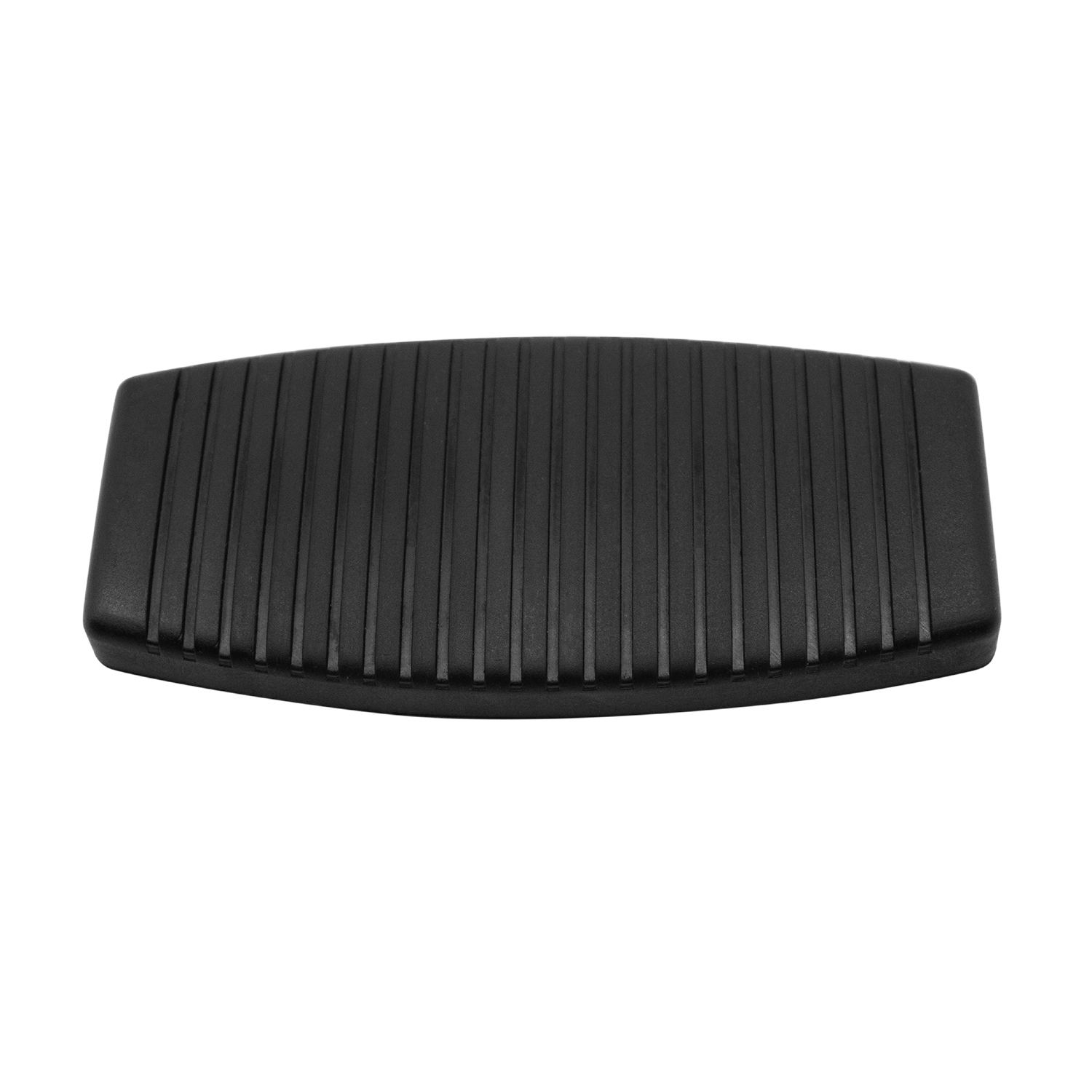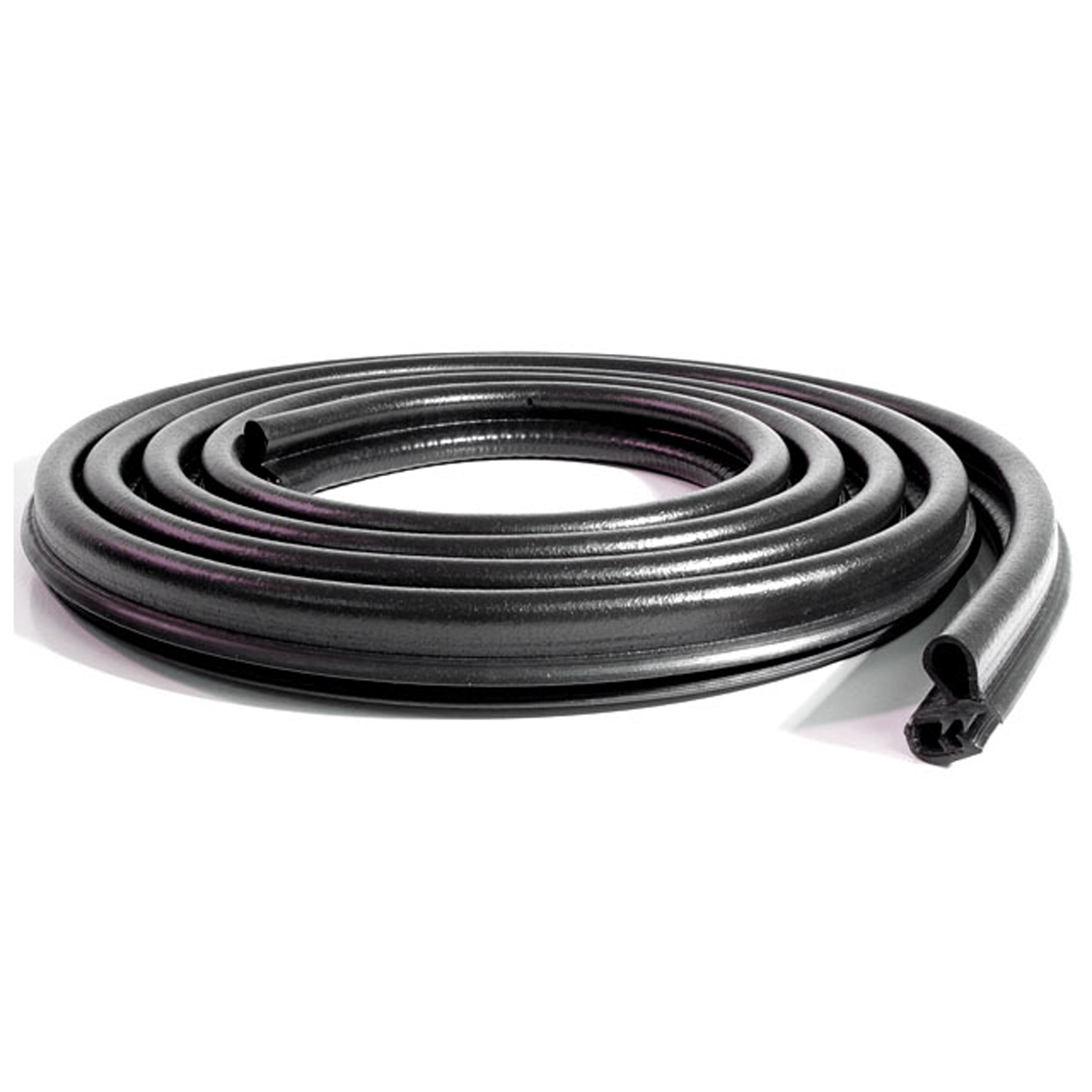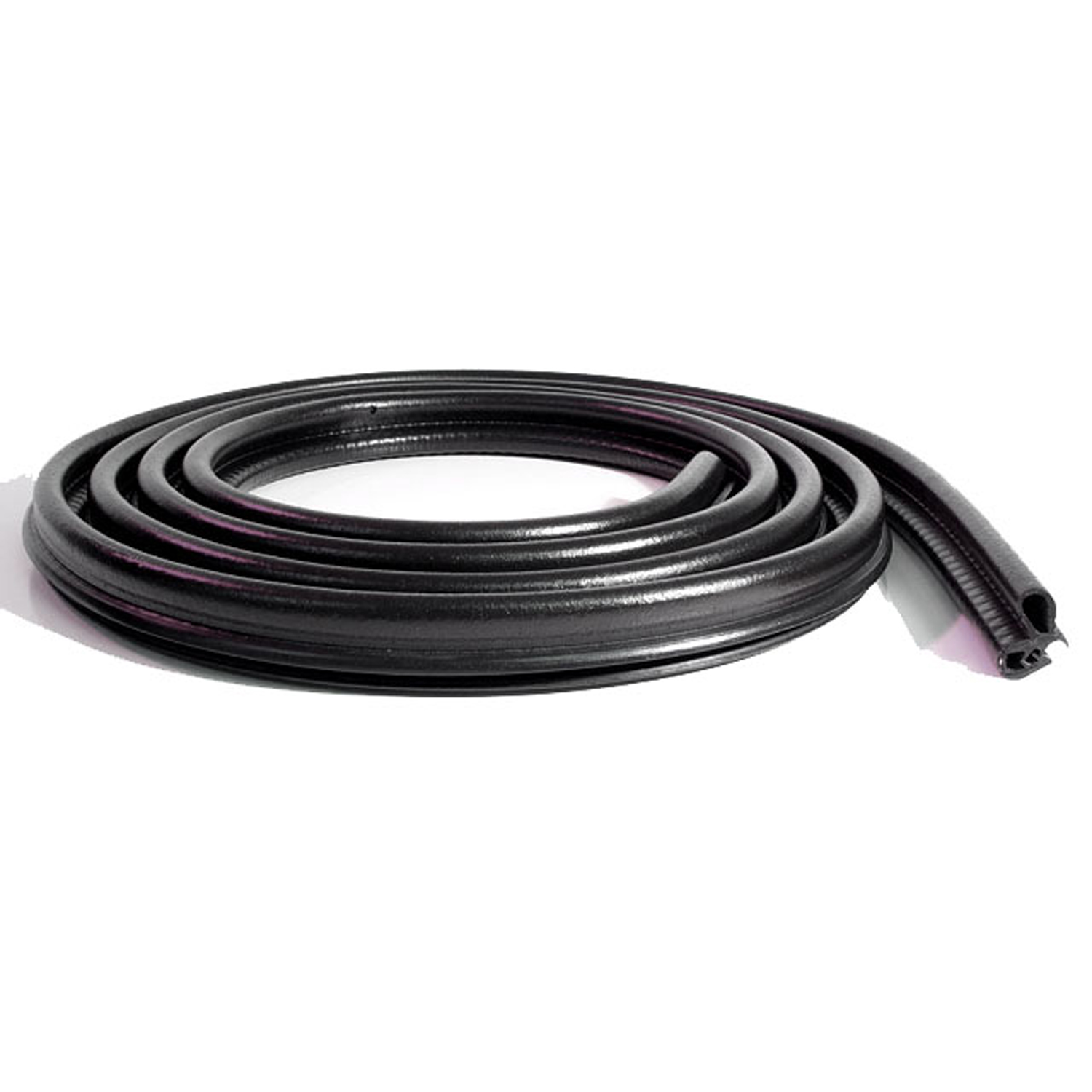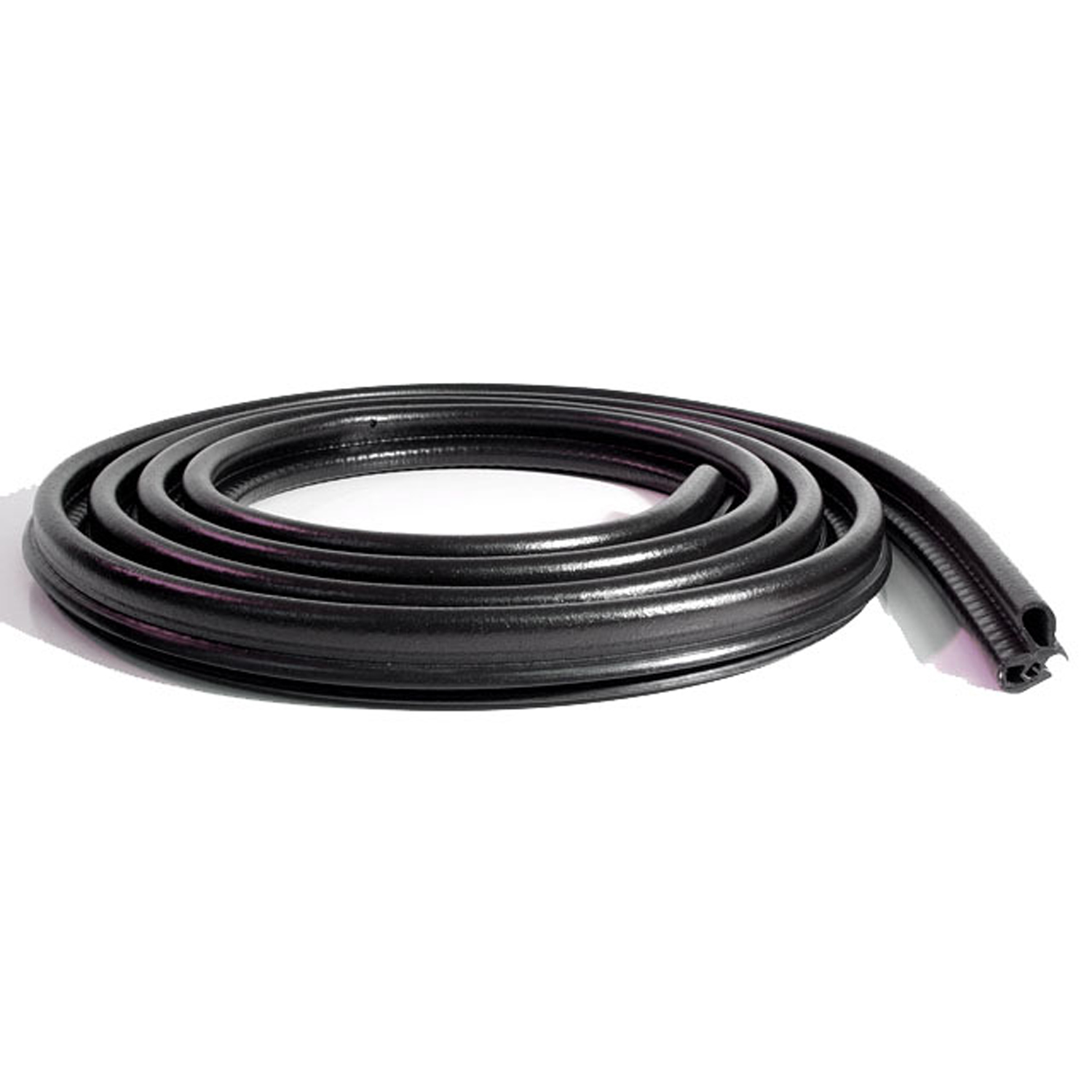Image of 2000 Mercury Mountaineer, Note: These illustrations use artistic license and may differ from actual historical models.
Performance Metrics
Fundamental Metrics
Emotional Appeal
MMP Rating
| Engine Specifications | |
|---|---|
| Engine Options: | 4.0L V6 SOHC, 5.0L V8 OHV |
| Displacement Range: | 245-302 cu in |
| Horsepower Range: | 210-215 hp |
| Torque: | 254-288 lb-ft |
| Compression Ratio: | 9.7:1 (V6), 9.0:1 (V8) |
| Ignition System: | Electronic |
| Cooling System: | Liquid-cooled |
| Performance Specifications | |
| 0-60 Time: | 8.5-9.5 seconds |
| 1/4 Mile Time: | 16-17 seconds |
| Top Speed: | 110-115 mph |
| Transmission and Drive | |
| Drive Type: | Rear-wheel drive (standard), All-wheel drive (optional) |
| Transmission Type: | 5-speed automatic (V6), 4-speed automatic (V8) |
| Fuel and Efficiency | |
| Fuel System Type: | Sequential multi-port fuel injection |
| MPG: | 14 city / 19 highway |
| Dimensions and Brakes | |
| Brakes: | Front disc/rear drum (standard), 4-wheel disc (optional) |
| Wheelbase: | 111.5 in |
| Weight: | 4,300-4,500 lbs |
Note: Specifications for classic cars are given to the best of our ability, considering the limited and variant data available.
Unveiling the Unsung Hero: The 2000 Mercury Mountaineer
The turn of the millennium brought with it a quiet contender in the realm of SUVs: the 2000 Mercury Mountaineer. This vehicle, a close kin to the Ford Explorer, emerged from the stables of Mercury, a division of the Ford Motor Company known for its slightly more upscale offerings. The Mountaineer was an attempt to provide a more luxurious sibling to the rugged Explorer, and it did so with a certain panache that was both understated and distinctive. A unique fact that may pique your interest: the Mountaineer was one of the first SUVs to offer a third-row seat, a feature that would become ubiquitous in later years.
Design and Innovation
The exterior of the 2000 Mercury Mountaineer boasted a balanced blend of muscularity and refinement. Its grille, distinct from the Explorer's, featured a vertical bar pattern that echoed the Mercury brand's waterfall design language. The interior was where the Mountaineer truly distinguished itself; it was outfitted with higher quality materials than its Ford counterpart, including optional leather seats and wood-grain accents that exuded a more premium feel. Technologically, it came equipped with features like an integrated rear audio control system, which at the time was a nod towards luxury and convenience. Color options ranged from classic Black Clearcoat to Harvest Gold, with Deep Wedgewood Blue being a popular choice among consumers. The most iconic body style was the four-door model, which offered both utility and accessibility, making it a hit with families and professionals alike.
Historical Significance
The Mountaineer's impact on automotive design may not have been revolutionary, but it did play a significant role in the evolution of luxury SUVs. It bridged the gap between utilitarian vehicles and premium comfort, setting a precedent for future models that would blend these elements even more seamlessly. The Mountaineer stood out for its attempt to offer an upscale experience at a more accessible price point, which resonated with a segment of consumers looking for something beyond the ordinary.
Performance and Handling
Under the hood, the 2000 Mercury Mountaineer was available with either a 4.0-liter V6 or a more robust 5.0-liter V8 engine. The latter could propel the SUV from 0-60 mph in a respectable timeframe for its class, though top speed was not its selling point. Handling was competent for a vehicle of its size and weight, absorbing bumps with ease while providing a stable ride on windy roads. Drivers could expect a sense of solidity and assurance behind the wheel, accompanied by the throaty hum of the V8 engine when pushed—a sound that many car enthusiasts find endearing.
Ownership Experience
The Mountaineer found its niche as a daily driver that could double as a capable companion for weekend adventures. Its reliability was generally on par with industry standards of the time, though some owners reported issues typical of Ford's SUVs from that era. Maintenance was straightforward, making it an approachable option for those who preferred to handle minor repairs themselves.
Fun Facts
While not known for breaking records or celebrity endorsements, the 2000 Mercury Mountaineer did have its share of interesting trivia. For instance, it was one of the vehicles chosen to be featured in various television shows of its time, subtly showcasing its appeal as a middle-class status symbol. As for criticisms, some pointed out its fuel consumption and similarity to the Explorer as drawbacks, though these did not significantly tarnish its reputation.
Collector's Information
Today, the 2000 Mercury Mountaineer is not typically seen as a collector's item, but it does hold sentimental value for those who appreciate its blend of practicality and comfort. With production numbers not being particularly low, rarity is not a significant factor in its value. However, well-maintained examples can fetch prices that reflect their condition and mileage. As an estimate, one could expect to see these vehicles selling in the range of $2,000 to $5,000 depending on various factors such as condition, mileage, and location.
Conclusion
The 2000 Mercury Mountaineer may not have rewritten the rulebook for luxury SUVs, but it certainly added a chapter on versatility and understated elegance. Its contribution to the SUV segment is marked by its attempt to democratize luxury features and provide a stepping stone for consumers aspiring to upscale experiences without breaking the bank. As we look back on this turn-of-the-century offering from Mercury, we're reminded that sometimes significance lies not in groundbreaking innovation but in subtle refinement and broadened accessibility.
2000 Mercury Mountaineer Catalog of Parts
 2000 Mercury Mountaineer Brake Pedal Pad. 4-3/4" wide X 2-1/4" long-CB 111-NBrake Pedal Pad. 4-3/4" wide X 2-1/4" long. Replaces OEM #'s BC3Z2457B, D3TZ2457A, D3TZ2457B. Each
2000 Mercury Mountaineer Brake Pedal Pad. 4-3/4" wide X 2-1/4" long-CB 111-NBrake Pedal Pad. 4-3/4" wide X 2-1/4" long. Replaces OEM #'s BC3Z2457B, D3TZ2457A, D3TZ2457B. Each 2000 Mercury Mountaineer Front Door Seal. Fits either side of 2 door models. Each-LM 112Front Door Seal. Fits either side of 2 door models. Each
2000 Mercury Mountaineer Front Door Seal. Fits either side of 2 door models. Each-LM 112Front Door Seal. Fits either side of 2 door models. Each 2000 Mercury Mountaineer Front Door Seal. Fits either side of 4 door models. Each-LM 113Front Door Seal. Fits either side of 4 door models. Each
2000 Mercury Mountaineer Front Door Seal. Fits either side of 4 door models. Each-LM 113Front Door Seal. Fits either side of 4 door models. Each 2000 Mercury Mountaineer Rear Door Seal. Fits either side of 4 door models. Each-LM 114Rear Door Seal. Fits either side of 4 door models. Each
2000 Mercury Mountaineer Rear Door Seal. Fits either side of 4 door models. Each-LM 114Rear Door Seal. Fits either side of 4 door models. EachWhy Choose Metro?
For over 100 years, Metro Moulded Parts has been the pinnacle of quality in classic car restoration parts. Our commitment to precision and authenticity in every component ensures a perfect fit and an OEM-level appearance.
- Expert Craftsmanship & Quality: Each part is a testament to our dedication to reliability and perfection, crafted from original designs and thoroughly tested.
- Advanced Technology: We use cutting-edge techniques to create flawless, long-lasting parts that surpass others in performance.
- SuperSoft Sponge – The Ultimate Door Seal: Not only are our door seals 30% softer than competitors', but they're also guaranteed to never leak. They effectively reduce wind and road noise, enhancing your classic car's comfort and driving experience.
- Proudly American: Our parts are a product of American craftsmanship, made in the USA with a spirit of excellence and heritage.
- Unrivaled Warranty: We back our products with a 30-year industry-leading warranty, a testament to our confidence in their quality.
Join us in preserving the legacy of classic cars with parts that are crafted for perfection, not just made.

